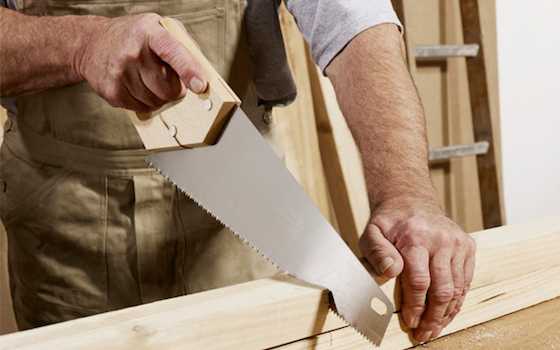- MENU
- HOME
- SEARCH
- WORLD
- MAIN
- AFRICA
- ASIA
- BALKANS
- EUROPE
- LATIN AMERICA
- MIDDLE EAST
- United Kingdom
- United States
- Argentina
- Australia
- Austria
- Benelux
- Brazil
- Canada
- China
- France
- Germany
- Greece
- Hungary
- India
- Indonesia
- Ireland
- Israel
- Italy
- Japan
- Korea
- Mexico
- New Zealand
- Pakistan
- Philippines
- Poland
- Russia
- South Africa
- Spain
- Taiwan
- Turkey
- USA
- BUSINESS
- WEALTH
- STOCKS
- TECH
- HEALTH
- LIFESTYLE
- ENTERTAINMENT
- SPORTS
- RSS
- iHaveNet.com: Home & Garden

Essential Woodworking Tools
by Jason Carpenter
Woodworking is all about the quality of the tools (and a steady hand).
By and large, there is a boxful of basic, timeless tools you'll need for a true woodworking project. Some of them are older than the Bible, but newer versions are popping up every month.
The Basics
Chances are you've already got a toolbox for minor household or car repairs. This is a great start for a woodworking toolkit because some tools are multi-functional, working just as well for woodworking as they do for hanging shelves. For example, a tape measure, hammer, nails, screwdrivers and utility knife are handy for nearly any project.
Then there are a few other commonsense items that might not be in the toolbox already, but you should certainly invest in. These include: wood glue, a bubble level, a compass and pencil, a hand drill and sandpaper. You'll need all of these items, but you might get lucky and find a few of them lying around the house or hiding in a junk drawer.
You'll also need some kind of work stand. Playing around with sharp blades on the old kitchen table doesn't bode well -- for safety or the quality of your woodworking project. A stand made of wood and sawhorses is a workable option, but a nice workbench is the best (although more expensive) option.
Cutting Tools
If you think one saw fits all, think again. You're going to need to cut planks, blocks and boards of wood down to different sizes and shapes for just about any project, and the kind of saw you need depends on what you're cutting and how you need to cut it.
Rip saws cut with the wood grain and leave a slightly rough edge. Crosscut saws have more teeth, and they work across or against the wood grain and leave a smooth edge. Bow saws are good for just about anything that's not too thick.
Those are all handsaws, but of course there are power saws, too, if you're already looking to go heavy-duty. The circular saw is a classic, but something like a miter saw might be more appropriate for your early indoor woodworking because it gives you the right angle easily, every time.
Table saws and band saws are another step up in price, but they definitely make things easier on the body and the biceps for bigger woodworking endeavors.
Finishing Touches
Cutting, crafting and putting together a woodworking project is one thing, but it's not the only thing. To bring out the beauty of the wood you're working with, you'll need finishing tools.
Chisels, files, filler and putty will clean up, shape and smooth out the blemishes of just about any wood. And if you're ready for it, these tools are what you'll need to carve designs into the wood and bring some art into your creations. You can use steel wool to give the work a polished look as well.
Paint, lacquer and stains give your wood the right color and feel, turning "in progress" into "finished product." These products protect the wood, in addition to bringing out its natural beauty.
These are the beginner's essential woodworking tools, but half the fun in having woodworking as your hobby is "playing" with the countless tools and devices on the market. As your skill increases, so will your experimentation and creativity.
For example, once you've got a few projects under your belt, you might graduate from hand tools to power tools. For $40, you might want to try out a disc grinder, the must-have power tool for beautiful curved wood projects. Or maybe you'll look into the next level of power saw that's available to you. There is a world of possibilities (and products) for every woodworker of every skill set.
The next step, of course, is to find room to house all of these new woodworking tools...
Jason Carpenter (yes, that's his real last name) loves to tackle DIY projects on weekends; his work has appeared in This Old House, Men's Health, Consumer Reports and other publications that appreciate good tips and tools. Jason is a frequent contributor to The Workbench Life
AUTOS | HOBBIES | EDUCATION | FAMILY | FASHION | FOOD & RECIPES | HOME DECOR | RELATIONSHIPS | PARENTING | PETS | TRAVEL | WOMEN
Article: Copyright ©,
Home & Garden: "Essential Woodworking Tools"